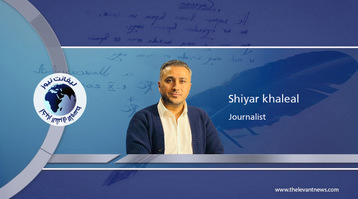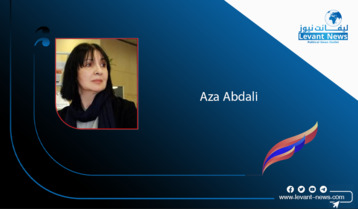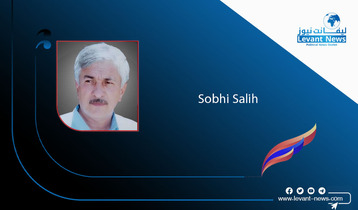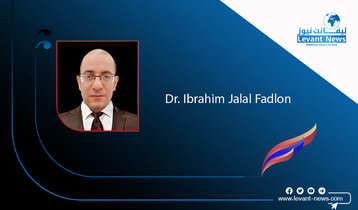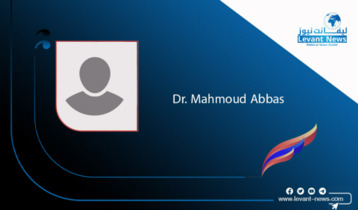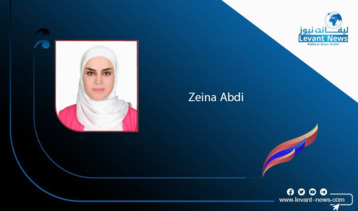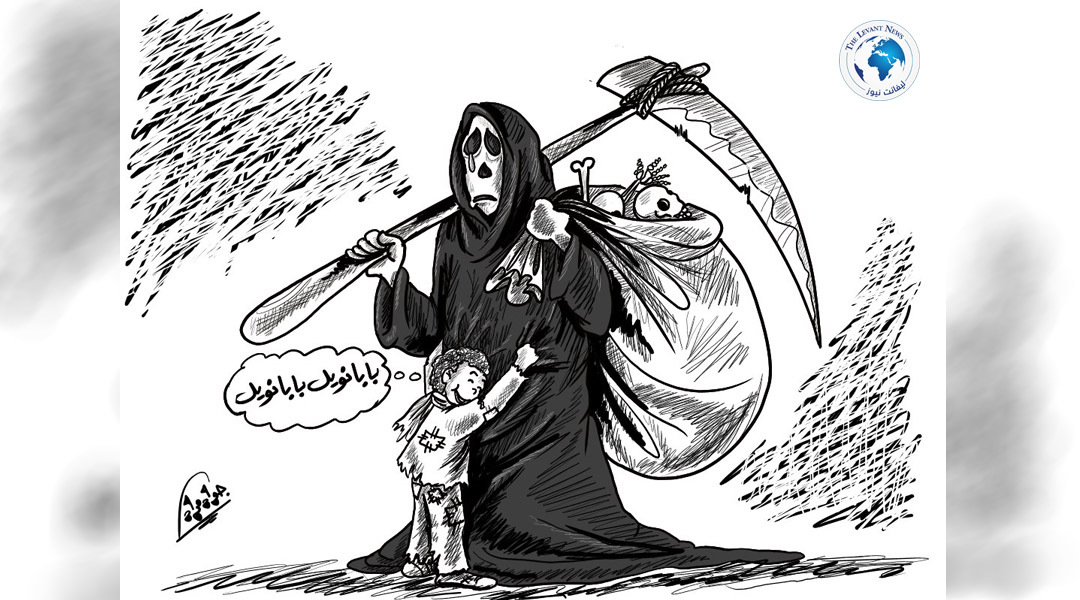-
A Century of Betrayal: Can the Kurds Escape the Curse of Lausanne?

Introduction: A Wound Left Open for a Hundred Years
One hundred years ago, the map of the modern Middle East was drawn on European negotiation tables—without the Kurds, except as victims. The Treaty of Sèvres (1920) promised them an independent state, but that promise was short-lived. The Treaty of Lausanne (1923) shattered that dream, leaving behind a long-standing nightmare: a fragmented homeland split among four countries, a people deprived of rights, and a culture and language subjected to systematic erasure.
Today, more than a decade after a war that reshaped Syria, the question emerges once again from under the rubble:
Will Kurdistan remain shackled to a century-old agreement, or is the colonial geography finally beginning to fracture?
The Legacy of Lausanne: From Promise to Betrayal
Sèvres... A Promise Never Born
Article 64 of the Treaty of Sèvres affirmed the Kurds’ right to establish their own state if they demanded it. But the alliance of colonial powers with the rising Kemalist Turkey eliminated that clause before it could ever be realized.
Lausanne... A Pact of Blood and Betrayal
Lausanne granted international recognition to Turkey’s new borders and effectively erased the Kurdish statehood question. The outcome:
Turkey: 43% of historical Kurdistan
Iran: 31%
Iraq: 18%
Syria: 8%
To legitimize the partition, Kurds were officially labeled in international documents as “Muslim minorities,” a deliberate erasure of their national rights.
A Century of Resistance and Struggles for Revival
1. Policies of Suppression and Erasure
Kurdish language banned in Syria until 2011
Mass displacements and root-level uprooting
Massacres from Halabja and Anfal to Afrin and Serekaniye
2. Milestones of Kurdish Resurgence
EraForm of StruggleMajor Achievement
1920–1940Tribal uprisingsLimited attempts at autonomy
1946Republic of MahabadFirst Kurdish state (short-lived)
1991Kurdistan Region (Iraq)A successful federal experiment
2011–2024Rojava (Syria)Model of autonomous self-rule
Rojava: The Experiment That Broke the Silence
In northeastern Syria, a groundbreaking project emerged: an autonomous administration based on pluralism, gender equality, and ethnic coexistence.
50% female participation at all levels of governance
Kurdish-Arab-Assyrian partnership
A democratic experience unprecedented in the region
Once labeled a “political utopia,” Rojava has become a subject of interest in international think tanks—yet remains under attack by regional coalitions that see it as a threat to the status quo.
Challenges and Opportunities: Can Lausanne Be Defeated Politically?
Challenges
Rejection by the Syrian regime and Turkey of any Kurdish entity
Russian and Iranian vetoes in the UN Security Council
Internal political divisions within the Kurdish movement
Opportunities
Economic Power: Rojava controls most of Syria’s oil and gas wealth, while the Kurdistan Region of Iraq exports nearly half a million barrels daily
Military Alliances: Strong partnership with the U.S. in the fight against ISIS, and open communication channels with Moscow
What Is Needed? A 21st-Century Kurdish Project
Kurdish Unity: Ending internal fragmentation
International Legal Framework: Reintroducing the Kurdish question to the UN as a human rights issue that cannot be ignored
Awareness and Media Strategy: Breaking the blackout and sharing Kurdish realities with global public opinion
Conclusion: Is the Lausanne Curse Nearing Its End?
A century after Lausanne, the landscape is shifting:
In Iraq: A constitutional federal entity
In Syria: De facto self-administration
In Turkey: Kurdish cities voting against centralism
The Kurds are no longer merely victims of old maps—they are now active participants in drawing new ones.
A Kurdish state may not be born tomorrow, but what is certain is this:
Lausanne is no longer destiny—it is a chapter that is slowly, but surely, coming to a close.
Mahin Sheikhani
Tags
You May Also Like
Popular Posts
Caricature
opinion
Report
ads
Newsletter
Subscribe to our mailing list to get the new updates!

